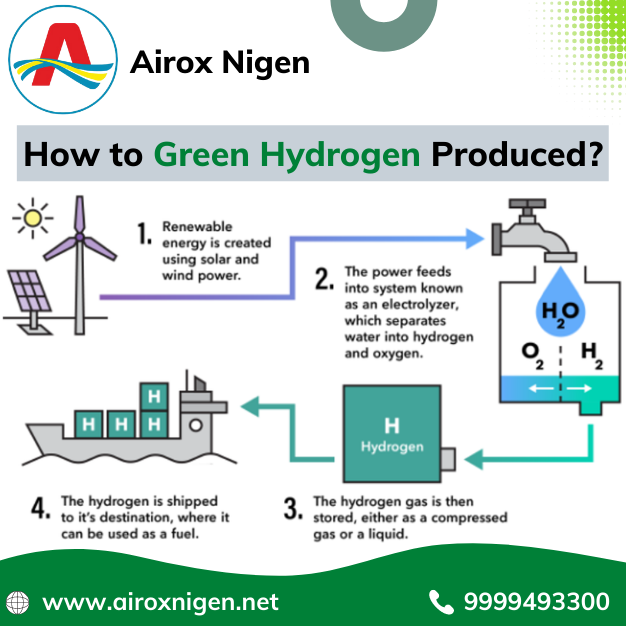Green hydrogen is in trend off-late owing to the plethora of benefits it offers. People from oil and gas firms are increasingly getting interested in green hydrogen.
Before we get into the production process, let’s get you acquainted with some basic concepts:
What is green hydrogen?
It is a kind of fuel that is clean-burning. Green hydrogen helps in decarbonizing our planet, and hence it helps us get a greener planet. Green hydrogen is used to fuel cars, airships, and spaceships.
Let’s look into the other advantages of green hydrogen:
Advantages of green hydrogen:
- Hydrogen is abundant in nature, and it is popular for producing energy without releasing CO2 into the atmosphere.
- It acts as a great substitute for natural gas for cooking and heating in homes.
- Green hydrogen is utilized as a heat source for burning hydrogen
- It acts as a drinking water generator in space missions.
- Green hydrogen can be mixed with natural gases at a ratio of 20 percent, and green hydrogen can be stored easily.
- Green hydrogen is versatile, and it can be converted to synthetic gas easily.
How is green hydrogen generated?
The production of the green hydrogen process is quite straightforward. The electrolysis process is utilized for producing green hydrogen, and the production happens by utilizing renewable energy sources. In case electrolysis is a fancy term for you, then we will get you covered. In this process, electrical energy is used to separate hydrogen from oxygen in the water. The process is entirely carried out in an electrolyzer. This small appliance-sized equipment can be suitable for carrying out green hydrogen production for both small and large firms. In the electrolyzer, the electrolyte separates the anode and the cathode.
The working process of different electrolyzers can vary depending on the type of electrolyte material.
Let’s take a sneak-peek into the different types of electrolyzers:
Polymer electrolyte membrane electrolyzers:
Here a solid plastic material is used as the electrolyte. You can find hydrogen gas at the cathode.
Alkaline electrolysers:
Here, hydroxide ions flow through the electrolyte from cathode to anode. In the alkaline electrolysers a liquid alkaline solution of sodium or potassium hydroxide is used as an electrolyte
Solid oxide electrolysers
Here solid ceramic material is used as the electrolyte. Oxygen ions passing through the solid ceramic membrane react at the anode to form oxygen. Electrons from external circuit form hydrogen when steam combines with electrons at the cathode.
Using green hydrogen comes with some challenges. For instance, they are expensive to generate. Moreover, they are volatile and flammable and hence can result in explosions. Still, if used effectively, it can act as a great energy source. You can expect that the cost of green hydrogen production will reduce by 50 percent. Global energy will increase by 25-30 percent by 2040.Thus for this reason; it is called the energy of the future.

